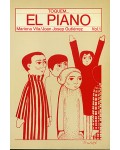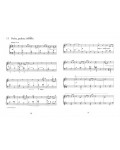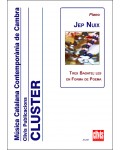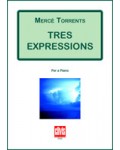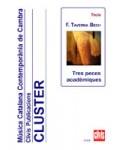
No products
Prices are tax included
Product successfully added to your shopping cart
There are 0 items in your cart. There is 1 item in your cart.
- English
- Castellano
- Català
Signe d'anells
DAC336
Signe d’anells (2007) responds to the particular language used by Mestres Quadreny as well as the writing techniques which he has been faithful to all his life. This eloquent creation is supported by dodecaphonic elements but these are not only the unique elements...
| Period | 20th Century |
| Instruments | Piano |
| Pages | 18 |
| Time | 13 min |
| Contents | Score |
| ISMN | 979-0-3502-0606-1 |
| Price of print edition | 13€ |
| Edition | Digital |
Signe d’anells (2007) responds to the particular language used by Mestres Quadreny as well as the writing techniques which he has been faithful to all his life. This eloquent creation is supported by dodecaphonic elements (starting with a series for the right hand, which, when finished, it is interpreted rovescio style) but these are not only the unique elements: obstinats (repeated melodies being rhythm, texture and dynamics the main elements) are also present as well as fragments resulting from applying random as well as probability techniques which have been used so many times by the author. The expressiveness of his work is open: the interpreter must do his share but so has the listener to be able to complete the poetic meaning suggested by the music. Even though Mestres Quadreny has always doubted music being able to explain nothing concrete, he has always favored music as a way of expressing oneself poetically, conditioning neither the interpreter nor the public.
From the formal point of view, his work has four parts which are all connected: the first part stands out for a series of twelve sounds already mentioned and a double scale which ends the section, ascendant for the right hand and descendant for the left hand until it ends with two Do notes separated by six octaves. The second part is based on the rhythmic and dynamic variation of one only note. The third part is covered with ictus quavers of each compass changing from one hand to the other while accompanied by rhythmic figurations taken from the first part. Finally the fourth part is made of fast and wide arpeggios which are combined with sonorous lines made by one only note (a technique which is completely opposed to the wide arpeggios) which lead to the end of the piece.
David Puertas

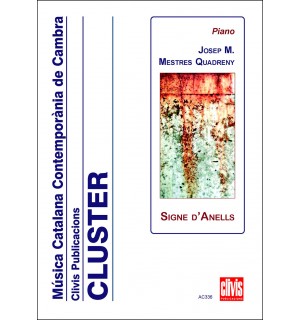





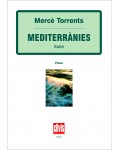
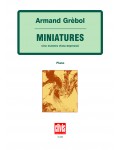
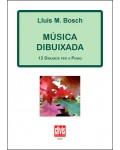
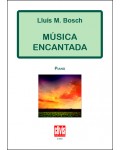
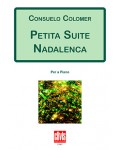
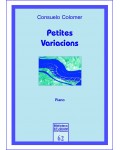
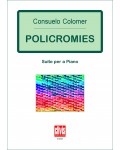
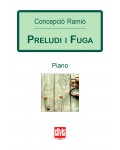
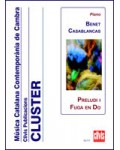
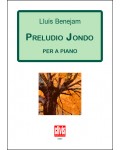
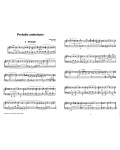
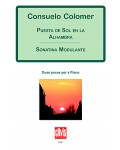
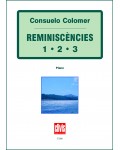
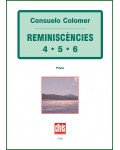
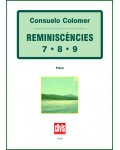
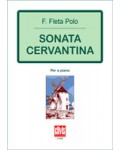
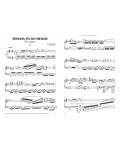
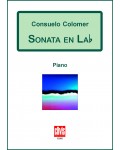
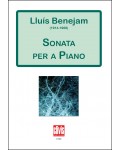
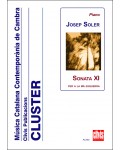
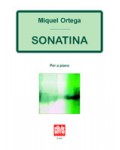
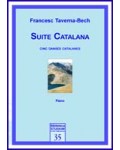
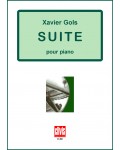
![Tema amb [4] variacions](https://www.clivis.cat/1964-home_default/tema-amb-variacions.jpg)
![Tema amb [10] variacions](https://www.clivis.cat/1709-home_default/tema-amb-variacions.jpg)
